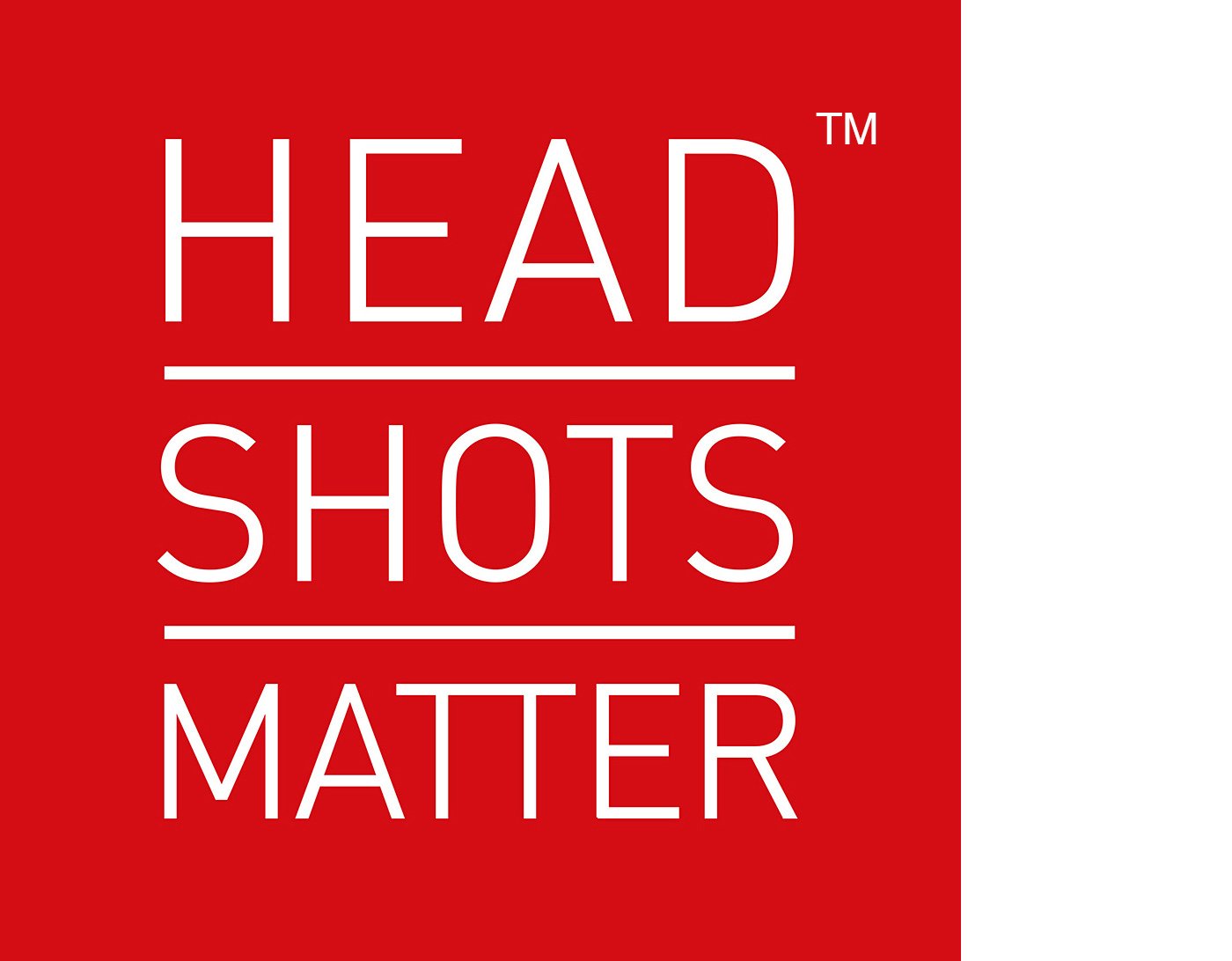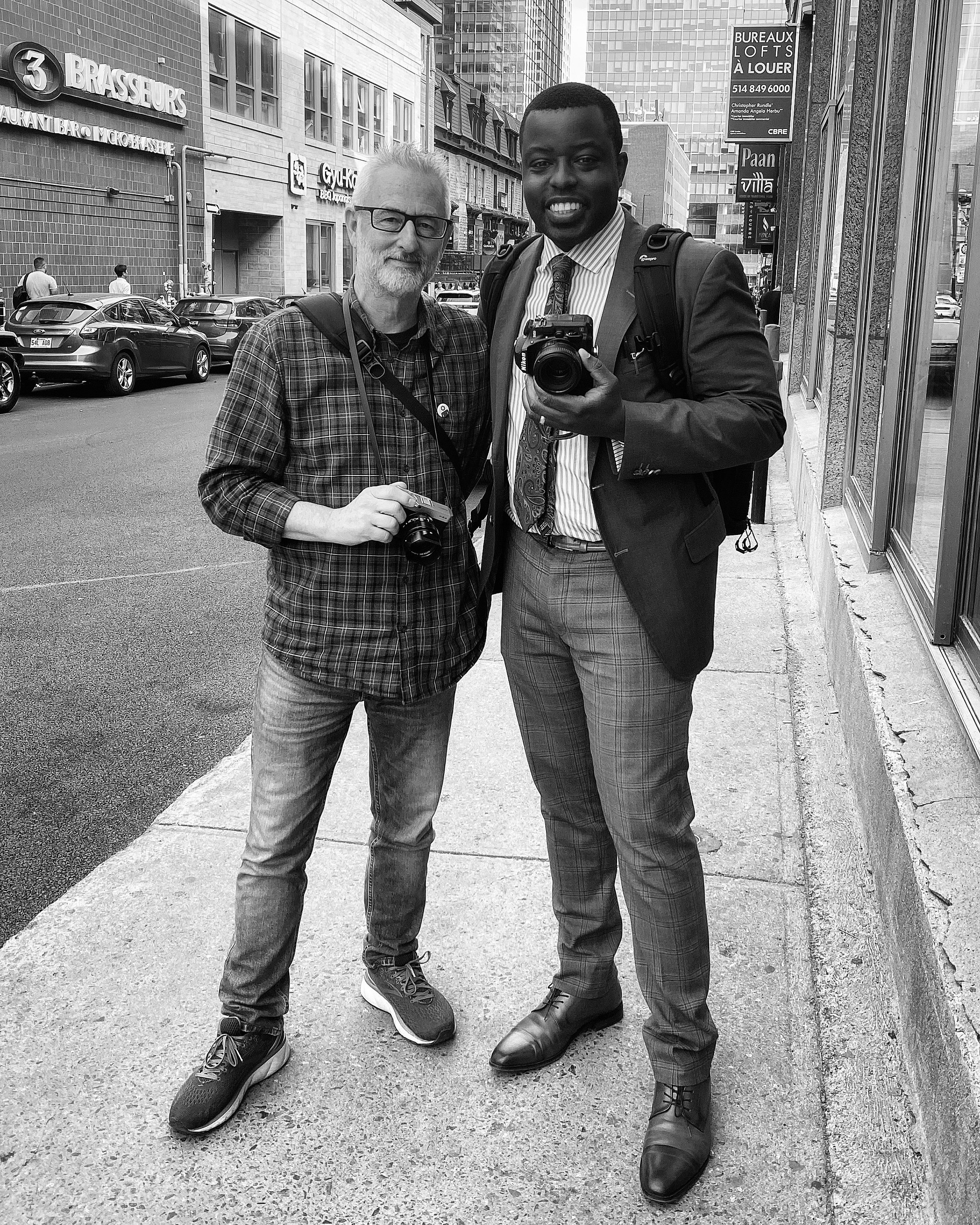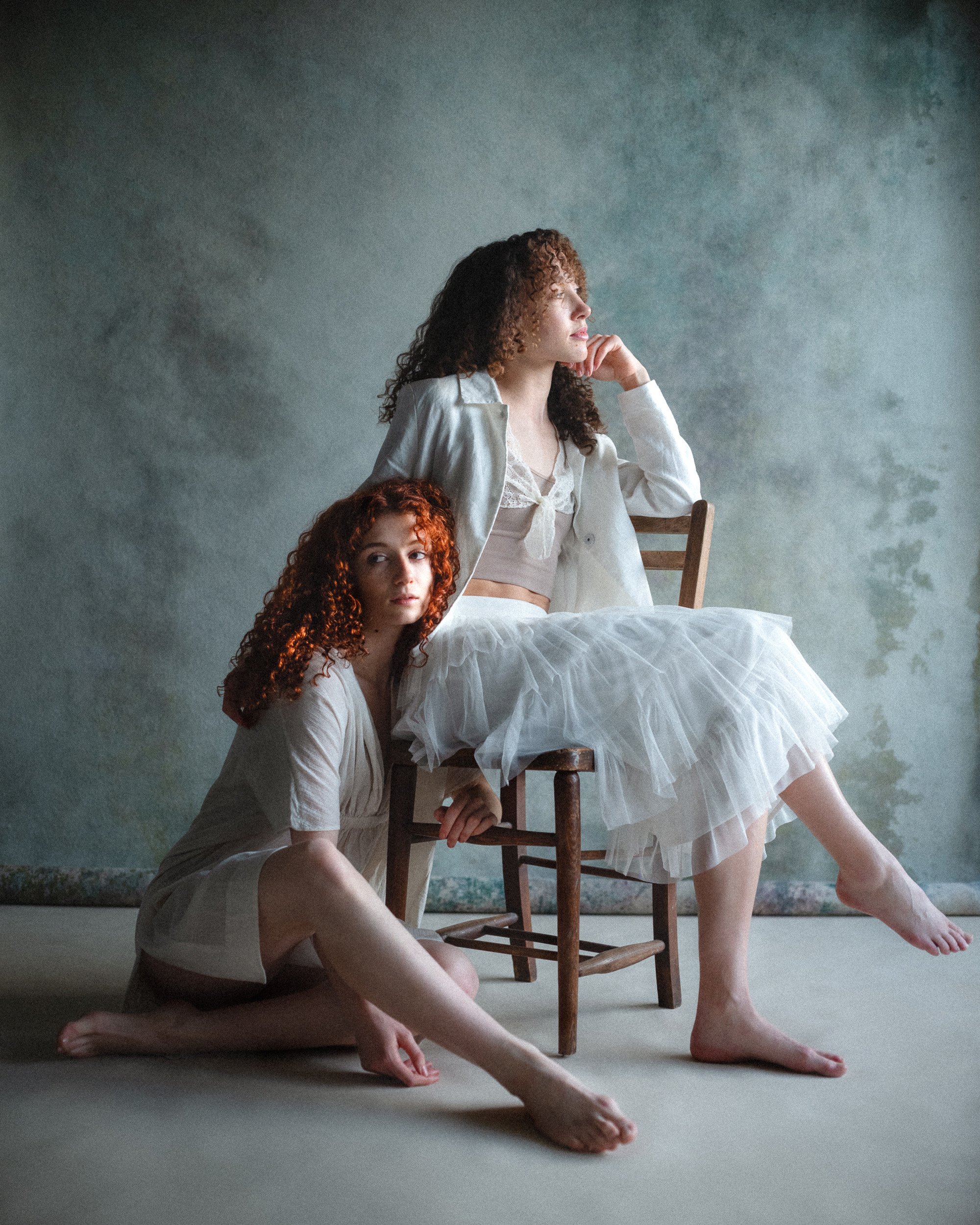I'm often asked about my approach to achieving the cinematic aesthetic within my portrait images. Since it has become something of a buzzword over the last few years, I thought it would be interesting to take a look at some of the factors that can determine the cinematic look within photography. It's important to note that art is subjective, and these are merely my own insights into what I feel creates that ‘filmic’ look when capturing photos of people.
When it comes to my own work, there are a number of things I take into account, that when combined, lead to a very specific aesthetic. As portrait photographers, we are always aware of the following things: our subject and what they're doing, our location, our light, our composition, and how we process our images. These are all important factors for everyone, regardless of style. But what am I doing more specifically within each of those categories?
The mood, expression, and positioning of my subject, whether captured candidly or posed purposefully, is something I'm always aware of both at the time of shooting and when selecting images afterwards. I look for some kind of emotional intensity or confidence in the expression. It's hard to put a finger on exactly what that ‘something’ is, but it's usually clear when reviewing images after a shoot, when one just seems to pop out of the screen and grab my attention. However, unlike when I'm shooting acting headshots, I'm not so focused on trying to capture the true personality of my subject as much as creating an image that almost feels ‘otherworldly,’ as though it's still from a film or TV series.
Shooting in varied locations not only helps keep my portraits interesting but also adds a whole palette of potential atmosphere to create and experiment with. Bars, underground stations, rooftops, home interiors, large open spaces, and more all provide a captivating setting in which a person's portrait or fictional scene can take place.
Closely tied with this is my choice of lighting. Often, this isn't a premeditated choice at all, as I use available light 90% of the time. But the most important point is that I like to use ambient light that creates a sense of drama. If it's naturally occurring, then I like extremes; the last rays of golden hour, blue hour, pockets of daylight combined with some sort of available artificial light, etc. I love shooting at night, and/or with only available artificial light, dimly lamp-lit bars, neon signage, street lights, etc. I do always carry with me a very small palm-sized RGB LED light, which I sometimes use in combination with other available artificial light, perhaps as an extra splash of colour, or to create a ‘rim-light’ on the subject. With the right positioning and expression from the subject, on top of using this kind of lighting and location, I'm usually on the right path to achieving the cinematic look I always desire.
Sometimes the head and shoulders headshot style framing is all I need. A closeup view of the subject and their expression, with just enough of a glimpse of their surroundings to create a sense of environment and atmosphere. But often by stepping back just a little more, we're automatically creating more of a scene for the viewer. I often like to ask them to freely move around while I'm chatting away, allowing me to fire off a round of shots to see if we can capture anything candidly. This can be a fairly hit-or-miss approach, which is why I often then ask my subject to recreate a pose or expression based on a frame that has caught my attention



























